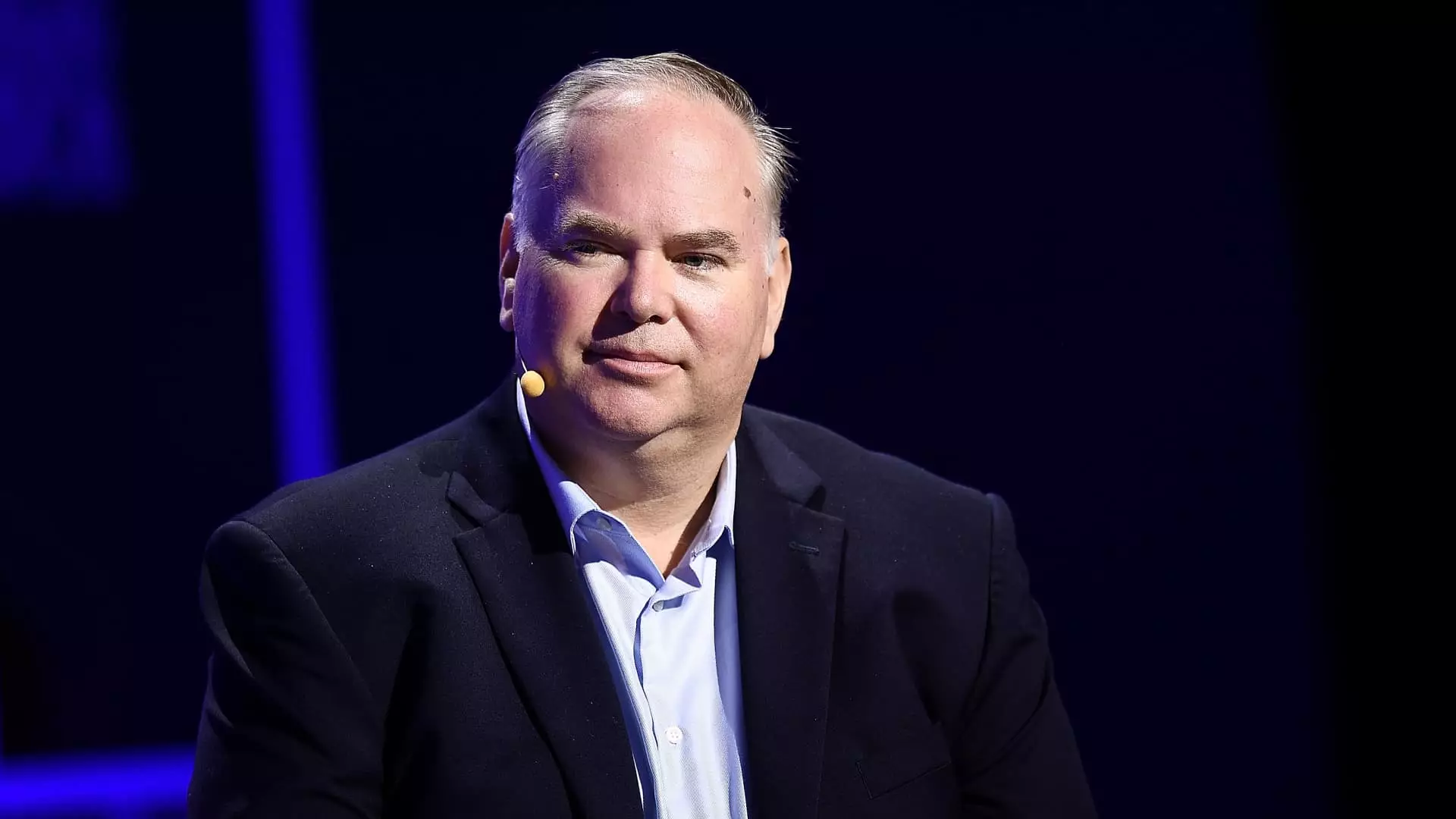The recent spat between Frontier Airlines CEO Barry Biffle and United Airlines CEO Scott Kirby epitomizes a deeper ideological struggle within the aviation industry. On one side, Kirby dismisses the ultra-low-cost model as obsolete, implying that the era of rock-bottom fares is over and that the market is consolidating around legacy carriers and broad networks. On the other, Biffle dares to challenge this narrative, insisting that oversupply and consumer demand for affordable travel remain robust and that discount carriers are not only surviving but thriving in this landscape. This confrontation is less about personal egos and more about contrasting visions for the future of air travel in America. Kirby’s stance reflects a belief that the industry must evolve away from discounting and towards premium, bundled offerings, while Biffle underscores the importance of affordability and inclusivity in a market saturated with excess capacity.
The Myth of the “End of Discount Airfares”
Kirby’s assertion that “the deep discount model in the U.S. is dead” seems rooted in recent market pressures—notably rising operational costs and increased competition. His prediction about Spirit Airlines’ demise, backed by the airline’s recent bankruptcy, signals a perception that ultra-low-cost carriers (ULCCs) are inherently unsustainable. Yet, Biffle’s response suggests a different reality: that discount airlines are still vital and adaptable. By highlighting Frontier’s lower unit costs—$7.50 per available seat mile (excluding fuel) compared to United’s $12.36—he illustrates how lean operations can weather economic storms. More importantly, discount airlines serve a broad customer base: travelers seeking affordability, occasional flyers, and even those who prioritize luxury in other aspects of their trip but choose basic economy for transport. Discount carriers are redefining value, not abandoning it.
The Will to Innovate and Compete
Both Biffle and Kirby acknowledge that their strategies are evolving, but they diverge sharply on the direction. United attempts to upgrade its fare structure, blending no-frills options with more upscale bundles, effectively copying the ULCC model. Meanwhile, Frontier and Spirit try to diversify their offerings by adding more upscale or bundled services—an effort to shed the “cheap and basic” stereotype and appeal to a broader demographic. The real takeaway is that the market is fragmenting, and each airline is fighting for relevance through innovation. Biffle’s analogy of “allowing customers to buy jeans from Walmart” encapsulates the spirit of discount airlines—providing value to those who otherwise wouldn’t fly. Discount airlines are not lying down; they are transforming, leveraging their cost advantages to rethink what budget flying means in a post-pandemic world.
The Enduring Power of Value in a Cost-Driven Industry
Despite critiques from major carriers, the value proposition of ultra-low-cost airlines remains pertinent. As Kirby points out, customers are increasingly sensitive to fares, yet their perception of value may differ. Large network airlines are attempting to emulate ULCC efficiencies, but this often dilutes the original appeal of ultra-low-cost models: simplicity and low prices. Discount airlines’ ability to offer basic transportation at a fraction of the cost entices a segment of travelers overlooked by traditional airlines—those who prioritize cost over comfort or amenities. Moreover, as the industry grapples with rising costs, no-frills airlines are innovating by adding more amenities and personalized bundles, blurring the lines between low-cost and premium offerings. This indicates that the core appeal of discounts—accessibility and value—remains resilient, even if the market dynamically changes.
The Future is a Battle of Narratives
The ongoing debate highlights the fundamental tension in the airline industry: will cheap fares survive as the industry consolidates into a more premium, global model, or will affordability and accessibility continue to drive growth? Kirby’s confidence in transitioning toward upscale bundled services suggests a belief that the future favors those who can blend affordability with comfort. Biffle, however, remains optimistic that the budget airline model—focused on operational efficiency, cost leadership, and serving underserved markets—can adapt and thrive in this new era. Ultimately, the industry will likely see a mixture of both visions, with discount carriers evolving into more sophisticated versions of themselves while still prioritizing low fares. The resilience of the discount airline model, despite industry critiques, underscores its fundamental relevance: in the skies of America, value and accessibility continue to be powerful drivers of demand.


Leave a Reply